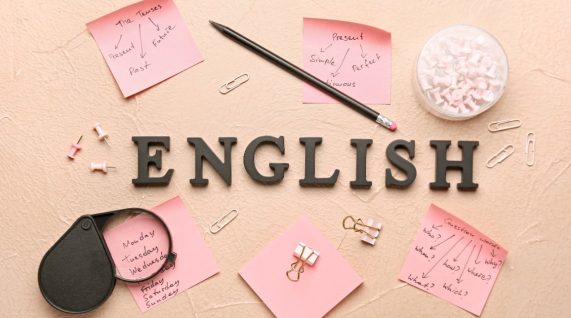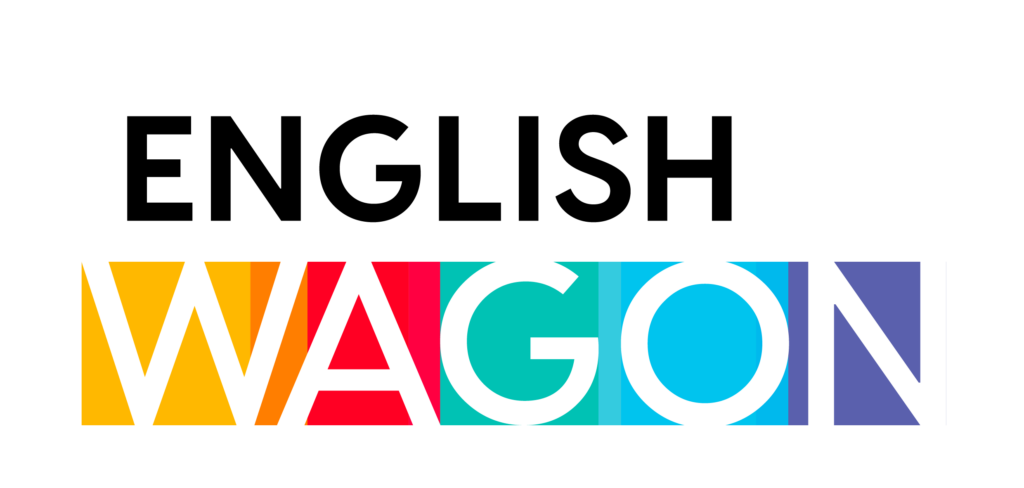Welcome aboard, English learners! English Wagon is excited to help you navigate the exciting world of English. Today, we’ll be exploring some common stumbles beginner riders often make. Don’t worry, these are perfectly normal! By understanding these mistakes, you can steer clear of them and improve your English fluency.
1. Subject-Verb Agreement: The Engine of Your Sentence
Imagine a train with a faulty engine – things just aren’t going to run smoothly, are they? In the world of English grammar, subjects (who or what performs the action) and verbs (the action itself) need to be in perfect harmony. This means their number (singular or plural) needs to match. Think of it like two gears that need to mesh perfectly for the sentence to move forward. Here’s an example to illustrate:
Incorrect: She walk to school every day. (Here, “she” is singular, so the verb needs to be “walks”)
Correct: She walks to school every day.
2. Taming the Tricky Trio: “a,” “an,” and “the”
These seemingly simple articles, “a,” “an,” and “the,” can be a source of frustration for many learners. Don’t worry, though, we’ll break it down! “A” and “an” are the indefinite articles, used when introducing something for the first time. Think of them as pointing to something new in the distance. “An” is used before words that begin with a vowel sound (a, e, i, o, u) to avoid a clunky pronunciation. “The” is the definite article, used to pinpoint something specific, like a familiar landmark on your journey. Let’s see these articles in action:
Incorrect: I like a apple. (We don’t know which specific apple is being liked)
Correct: I like an apple. (Because “apple” begins with a vowel sound)
Correct: I like the apple on the table. (We know exactly which apple is being referred to)
3. Countable vs. Uncountable Nouns: Not All Nouns Are Created Equal!
The world of nouns can be surprisingly diverse. Some nouns, like “book” (you can have one book or many books), are countable. Others, like “water” (you can’t have one water), are uncountable. This distinction affects how we use articles and verbs with them. Here’s an example to clear things up:
Incorrect: I need a water.
Correct: I need water. (Uncountable nouns don’t typically use articles)
4. Question Formation: The Art of Inquiry
English has a specific way of constructing questions. It’s not just a matter of adding a question mark to a statement! Here are a couple of common question structures to equip you for your adventure:
Yes/No Questions:
These questions ask for a simple “yes” or “no” answer. They typically use helping verbs like “do/does” or the “be” verb (am, is, are) followed by the subject, the main verb, and a question mark.
Incorrect: You go to school today?
Correct: Will you go to school today?
Wh- Questions:
These questions begin with a “wh-” word (who, what, when, where, why, how) and aim to gather specific information. The “wh-” word is followed by the auxiliary verb, the subject, the main verb, and a question mark.
Incorrect: What the book is about?
Correct: What is the book about?
Remember, mastering a new language takes time and dedication. English Wagon is here to support you on your journey! We offer a wide range of questions to practice and learn in our GrammarLocker, designed to help you overcome these common mistakes and refine your English skills. So, climb aboard the English Wagon, explore the resources we offer, and don’t hesitate to ask if you have any questions. Happy learning!





